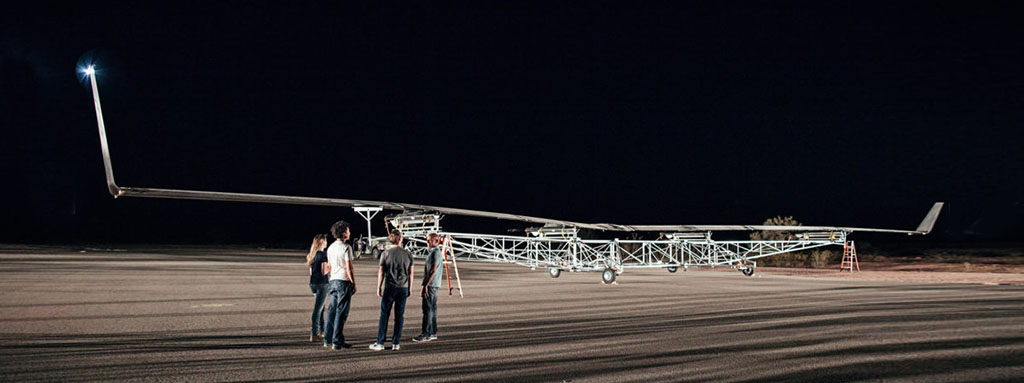Many things have changed since Telstar, the first communications satellite, was launched in July 1962. Today it is more than evident that there is a direct relationship between communications and development. If terrestrial communications are important, the possibilities offered by the development of new aircraft to meet the needs of populations are immense.
“Aquila”, an unmanned aircraft, makes it possible to connect the world in a different way at an altitude of 18,000 metres.
Mark Zuckerberg, the founder of Facebook, ardently supports that all people should have access to the Web and contribute to it. The fact that more than 1.6 billion people today live in remote places without access to mobile broadband networks is the main reason why he has created an aircraft that can provide them with access to the Internet through radio links while it connects to the rest of the Web through a high-speed laser satellite connection.
The new aircraft’s first test flight – known as “Aquila” – has already been completed. It can transmit dozens of GB of information a second at a distance of more than 15 km. A flight duration of 30 minutes was initially foreseen, which was then lengthened to 90 minutes.
The fundamental aspect of this connectivity project is based on creating a network comprised of this kind of solar-powered aircraft placed in a geostationary position at a great altitude (around 18,000 metres). Apart from the aircraft’s development, the main problem Facebook will encounter will in principle be more related to legal issues than to technical ones, since the use of drones is not regulated in most countries and the regulations on the radio equipment the aircraft will carry onboard vary from country to country.
The aircraft’s most unique feature is its covering made of solar panels, which generate electricity for its four electric engines during the day while simultaneously recharging the batteries so it can continue flying at night. Its wingspan is similar to that of an Airbus A320 – around 34 metres – and it weighs approximately 400 kilos.
This project forms part of the Facebook initiative known as “Connectivity Lab“, through which all the research is conducted and all the new technologies are built that are geared at global Internet access. This includes the development of aircraft, satellites and wireless communication systems.
In order to achieve the target of providing Web access to 60% of the population which still lacks an Internet connection, these aircraft have to be able to fly through a remote region and offer connectivity during at most three months. They will therefore have to break the unmanned solar-powered flight record which currently stands at two weeks.
Taking into account that the aeronautical industry is highly innovative and constantly advancing, this does not seem to be precisely the biggest problem. Everything else constitutes a new challenge.



